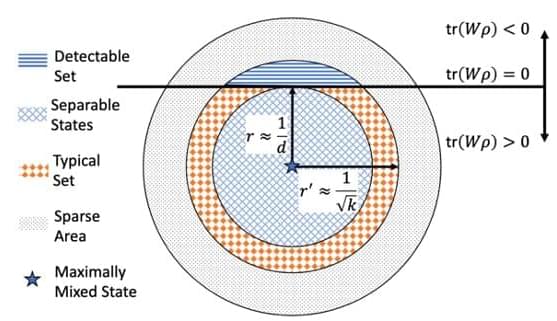
Seizures come suddenly, triggered by stress, fever, flashing lights, or even just feeling tired. Some cause the body to jerk and shake while others can produce strange sensations, make one lose a sense of awareness, or faint. They can happen when the person is awake or asleep. When they pass, after a few seconds or minutes, they leave people tired, confused, and disoriented.
The brain usually maintains a certain level of inhibition that keeps neurons from firing uncontrollably. But during a seizure, one part of the brain starts firing too frantically and can’t stop, resulting in a spike of electrical activity and a seizure.









